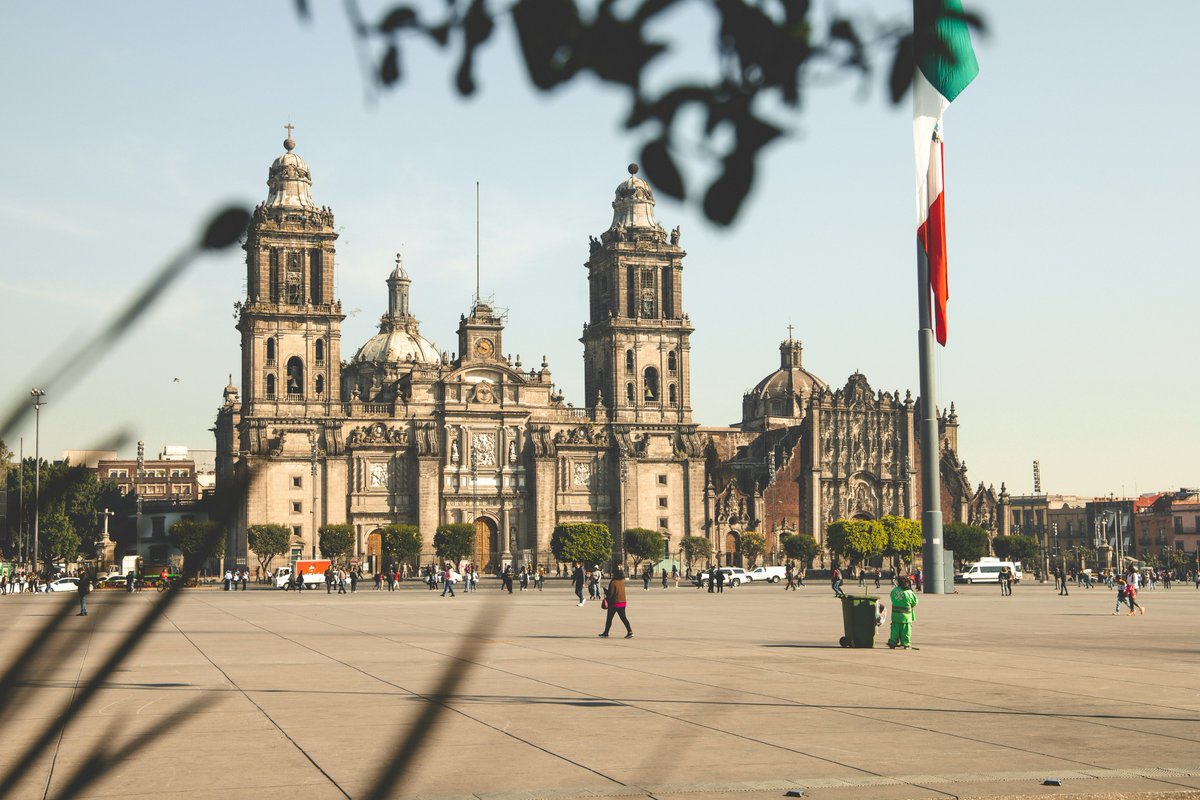
Exploring the world through its most beautiful places. History, architecture, and fascinating stories. 🌍📜
3 subscribers
How to get URL link on X (Twitter) App


https://twitter.com/charmofculture/status/1998473563108684065
 📍Metropolitan Cathedral, Mexico
📍Metropolitan Cathedral, Mexico

https://twitter.com/CharmOfCulture/status/1997737574396530714
 📍Fiat Tagliero Building, Eritrea
📍Fiat Tagliero Building, Eritrea

https://twitter.com/CharmOfCulture/status/1997360652554289460
 📍 Hanoi Opera House (Vietnam)
📍 Hanoi Opera House (Vietnam)

 📍Victoria Memorial, Kolkata (India)
📍Victoria Memorial, Kolkata (India)

 Reykjavik, Iceland 🇮🇸
Reykjavik, Iceland 🇮🇸

https://twitter.com/charmofculture/status/1968702427550326917
 Bordering the Baltic Sea and Poland, Mecklenburg-Vorpommern is one of Germany’s least densely populated states.
Bordering the Baltic Sea and Poland, Mecklenburg-Vorpommern is one of Germany’s least densely populated states.

https://twitter.com/charmofculture/status/1968326939195965492
 Lower Saxony surrounds the city-state of Bremen and borders the Netherlands as well as nine German states.
Lower Saxony surrounds the city-state of Bremen and borders the Netherlands as well as nine German states.

https://twitter.com/CharmOfCulture/status/1968007680511070477
 Hesse sits in central Germany, bordered by Lower Saxony, Thuringia, Bavaria, Baden-Württemberg, North Rhine-Westphalia, and Rhineland-Palatinate.
Hesse sits in central Germany, bordered by Lower Saxony, Thuringia, Bavaria, Baden-Württemberg, North Rhine-Westphalia, and Rhineland-Palatinate.

https://twitter.com/CharmOfCulture/status/1966552869382873554
 Hamburg lies on the Elbe River, about 100 km from the North Sea.
Hamburg lies on the Elbe River, about 100 km from the North Sea.

https://twitter.com/CharmOfCulture/status/1966160504117964958
 The state of Bremen consists of two separate cities: Bremen and the North Sea port of Bremerhaven.
The state of Bremen consists of two separate cities: Bremen and the North Sea port of Bremerhaven.

https://twitter.com/charmofculture/status/1965848010866471014
 Brandenburg lies in northeastern Germany and fully encircles Berlin.
Brandenburg lies in northeastern Germany and fully encircles Berlin.

https://twitter.com/charmofculture/status/1965473609759293874
 Berlin is located in northeastern Germany, surrounded entirely by the state of Brandenburg.
Berlin is located in northeastern Germany, surrounded entirely by the state of Brandenburg.

https://twitter.com/charmofculture/status/1965095754307174553
 Bavaria covers much of southeastern Germany, bordering Austria and the Czech Republic.
Bavaria covers much of southeastern Germany, bordering Austria and the Czech Republic.

 Bordering Switzerland and Italy, Auvergne-Rhône-Alpes stretches from the Rhône Valley vineyards to Mont Blanc’s snowy peaks.
Bordering Switzerland and Italy, Auvergne-Rhône-Alpes stretches from the Rhône Valley vineyards to Mont Blanc’s snowy peaks.

https://twitter.com/charmofculture/status/1941566393645924859
 Sardinia has a long, separate history from the Italian mainland.
Sardinia has a long, separate history from the Italian mainland.

 Sicily has been shaped by many civilizations: Greeks, Romans, Arabs, Normans, Spanish, and more.
Sicily has been shaped by many civilizations: Greeks, Romans, Arabs, Normans, Spanish, and more.

 Umbria sits between Tuscany, Lazio, and Le Marche.
Umbria sits between Tuscany, Lazio, and Le Marche.

 Trentino–Alto Adige is made up of two autonomous provinces:
Trentino–Alto Adige is made up of two autonomous provinces:

 Aosta Valley (Valle d’Aosta) is Italy’s smallest and least populated region.
Aosta Valley (Valle d’Aosta) is Italy’s smallest and least populated region.

 Piedmont (Piemonte) was home to the House of Savoy, the dynasty that unified Italy in the 1800s.
Piedmont (Piemonte) was home to the House of Savoy, the dynasty that unified Italy in the 1800s.

 The Mexica people (later called Aztecs) began as nomads in northern Mexico.
The Mexica people (later called Aztecs) began as nomads in northern Mexico.